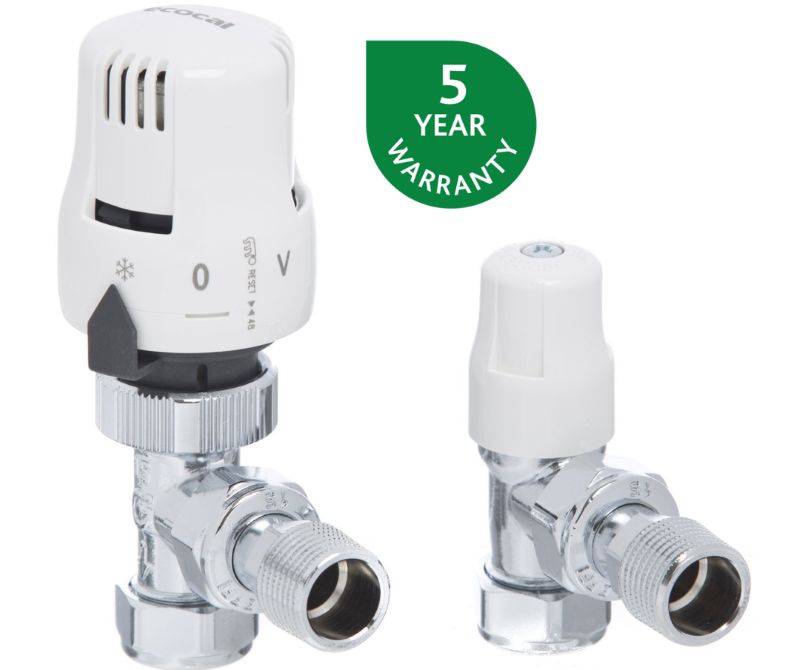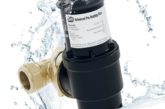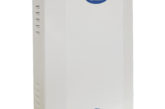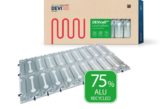
Ed Morris, Technical Manager at Altecnic, answers some common questions about Thermostatic Radiator Valves (TRVs).
Thermostatic Radiator Valves (TRVs) are essential components in modern heating systems, providing energy-efficient temperature control for individual rooms. As an installer, understanding the correct installation, operation, and troubleshooting of TRVs is crucial to ensuring optimal performance and customer satisfaction.
This guide is designed to answer the most common questions installers face when working with TRVs, covering installation best practices, system balancing, maintenance tips, and troubleshooting common issues.
Q. What is a Thermostatic Radiator Valve (TRV)?
A Thermostatic Radiator Valve (TRV) is a self-regulating valve fitted to a radiator in a hot water heating system. It controls the temperature of a room by automatically adjusting the flow of hot water into the radiator based on the room’s ambient temperature.
Q. How does a TRV work?
TRVs contain a temperature-sensitive element, often filled with liquid or wax, that expands or contracts with changes in room temperature. As the room warms up and reaches the desired temperature set on the TRV, this element expands, causing the valve to close and reducing the flow of hot water into the radiator. Conversely, as the room cools down, the element contracts, opening the valve to allow more hot water in, thereby maintaining a consistent room temperature.
Q. Why should TRVs be installed?
– Energy Savings: TRVs reduce overheating and unnecessary energy use, leading to lower heating costs.
– Improved Comfort: They allow room-by-room temperature control.
– Compliance with Energy Efficiency Regulations: Many building regulations require heating systems to be fitted with TRVs.
Installation Advice
Q. Where should TRVs be installed?
TRVs should be fitted to radiators in rooms where independent temperature control is beneficial. However, avoid installing them in rooms with a central room thermostat, as this may cause conflicting signals, reducing system efficiency.
Q. How should TRVs be installed?
– Ensure the heating system is off and depressurised before installation.
– Install TRVs on the flow or return side of the radiator (depending on the model).
– Position the TRV head away from direct heat sources, such as sunlight or electrical appliances, to avoid false temperature readings.
– Follow manufacturer guidelines for fitting and securing the valve.
Q. Can TRVs be installed on all heating systems?
TRVs are suitable for most wet central heating systems, including traditional boilers and modern energy-efficient systems. However, they are not typically used in one-pipe systems unless additional modifications are made.
Q. How should the heating system be balanced after installing TRVs?
Balancing ensures even heat distribution. After TRV installation:
– Open all TRVs fully and run the system to reach normal operating temperature.
– Adjust the lockshield valves on each radiator to balance flow rates.
– Ensure no radiators are overheating while others remain cold.
Heat Pump Compatibility
Q. Are TRVs compatible with heat pump heating systems?
Yes, TRVs can be used with heat pump systems, but they must be properly set up to ensure efficient operation. Heat pumps work best at lower, consistent flow temperatures, so TRVs should not be used to frequently shut off radiators, as this can disrupt the system’s efficiency.
Q. How should TRVs be adjusted when used with a heat pump?
TRVs should be set to maintain steady temperatures rather than frequent on/off cycling. A lower, more consistent setting is recommended to prevent unnecessary strain on the heat pump. Ideally, they should be adjusted seasonally rather than daily.
Q. Can TRVs reduce the efficiency of a heat pump?
If TRVs are set too low or fully closed on multiple radiators, the heat pump may struggle to distribute heat effectively. This can lead to short cycling, where the heat pump turns on and off frequently, reducing efficiency and increasing wear on the system.
Maintenance
Q. How can installers prevent TRV issues?
– Ensure the valve and radiator are clean and free from dust and debris.
– Check system water quality to prevent sludge buildup, which can affect valve operation.
Q. What should I do if a TRV is making noise?
– If the TRV is clicking or whistling, check the system pressure and adjust the flow rate.
– Alternatively, check whether the TRV is installed on the return instead of the flow pipe. If the TRV is not bi-directional and is incorrectly placed, it can cause noise.
– If noise persists, reposition the TRV head or ensure it is correctly installed.
Q. How should installers address a leaking TRV?
– Check for loose valve connections and tighten if necessary.
– If the valve body is damaged, replacement may be required.
– Inspect for worn seals or washers and replace them as needed.
Common Troubleshooting Scenarios
TRV is not adjusting the temperature properly
– Possible Cause: The sensor element inside the TRV head may be faulty or obstructed.
– Solution: Check that the TRV head is not covered or blocked by furniture or curtains. If the issue persists, consider replacing the TRV head.
The TRV is stuck in the open position, causing overheating
– Possible Cause: The valve pin may be jammed.
– Solution: Remove the TRV head and gently push the pin up and down to free it. If the pin does not move, it may need lubrication or replacement.
Radiator is partially warm but not reaching full heat
– Possible Cause: The radiator may be full of sludge or debris.
– Solution: Flush the system and add an inhibitor to prevent future buildup. Ensure the TRV is functioning correctly and allowing full water flow.
Frost setting is not activating in cold weather
– Possible Cause: The sensor may be malfunctioning or positioned incorrectly.
– Solution: Check the sensor placement and replace the TRV head if necessary.
By following these best practices, installers can ensure efficient TRV installation, maintain heating system performance, and troubleshoot common issues effectively.













